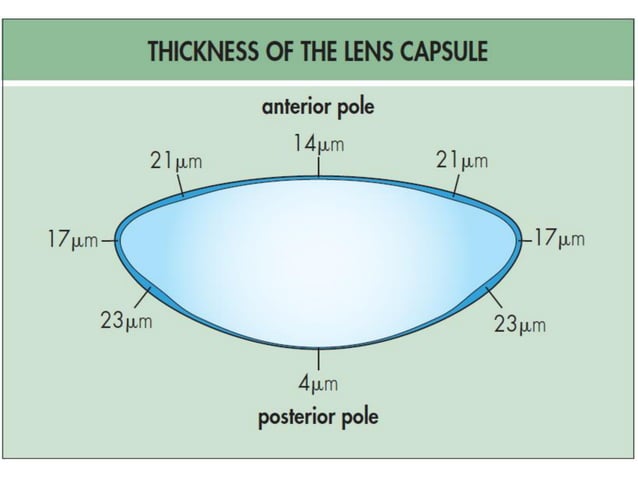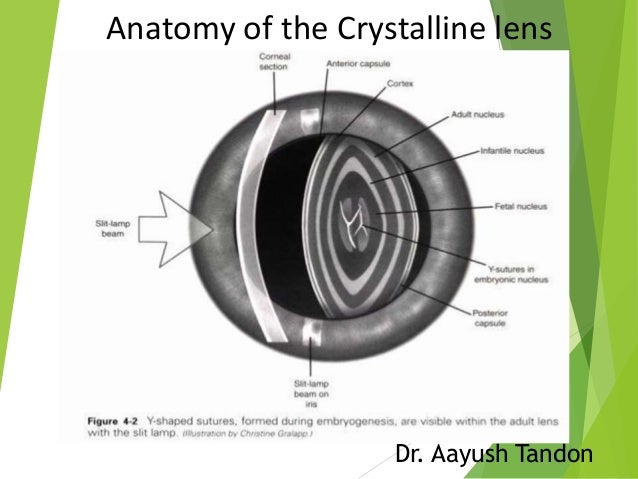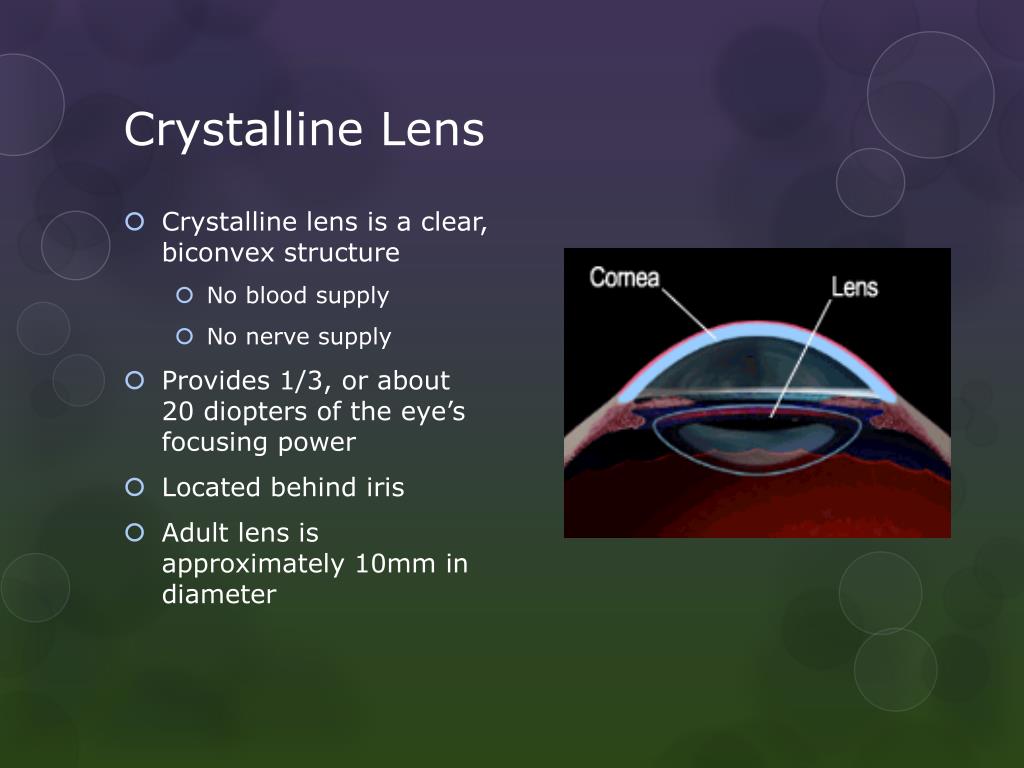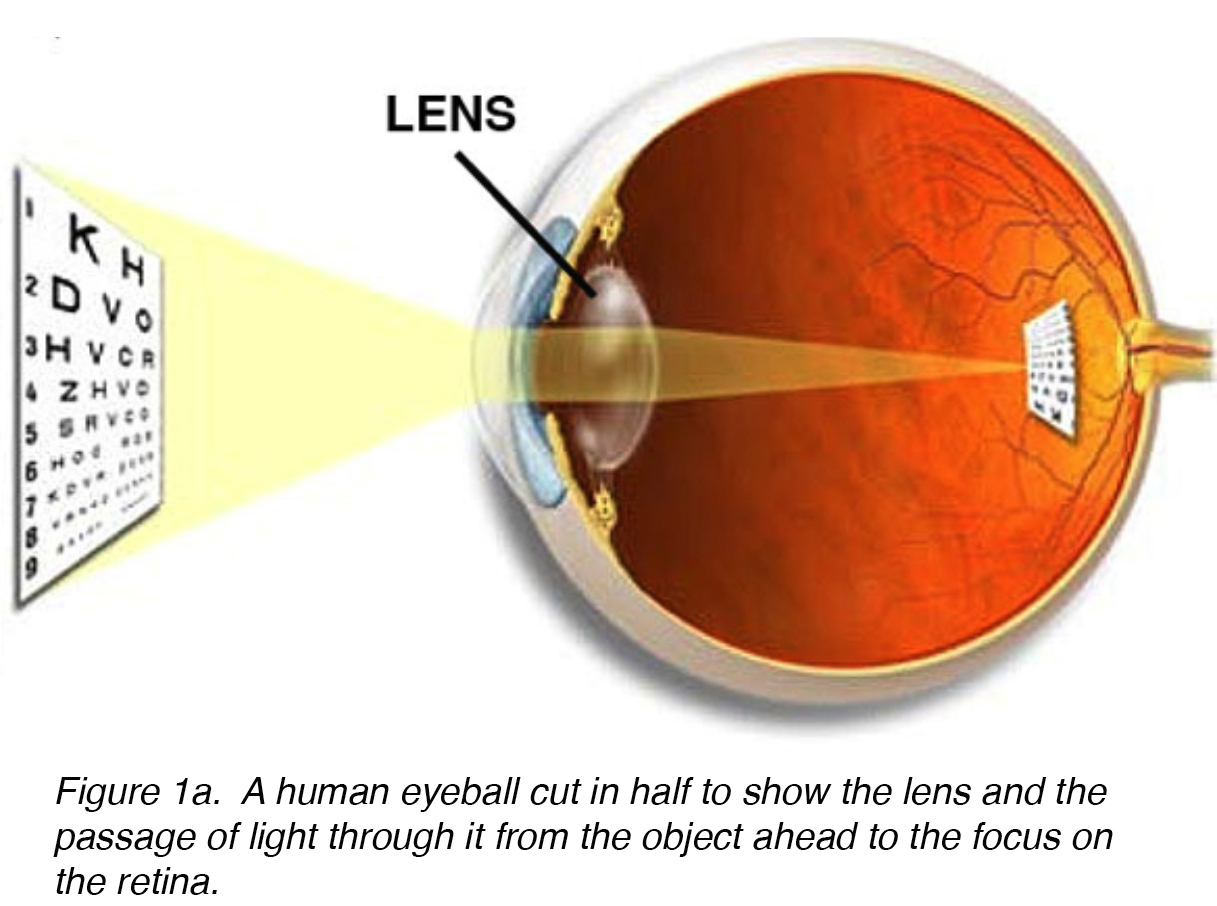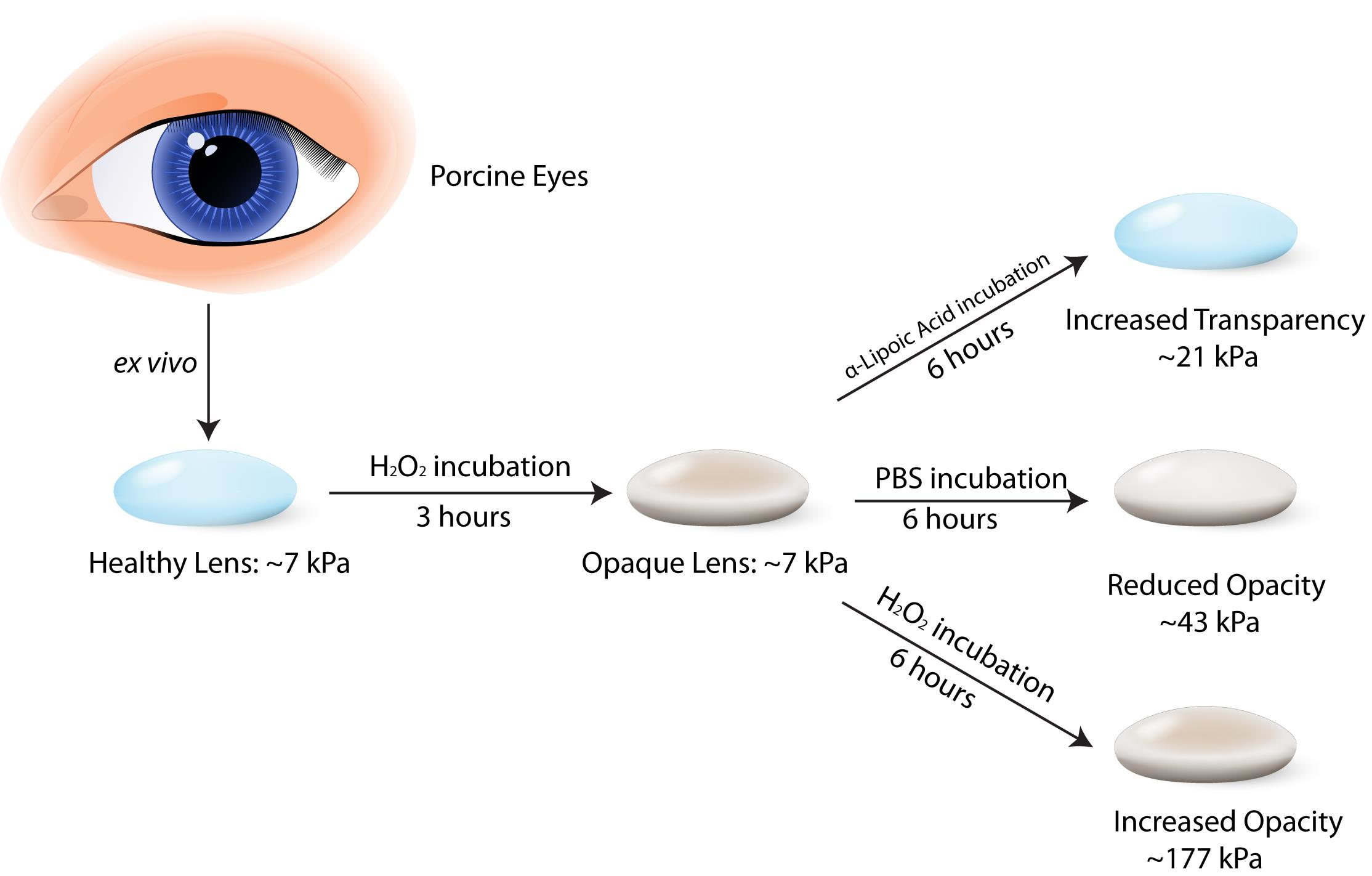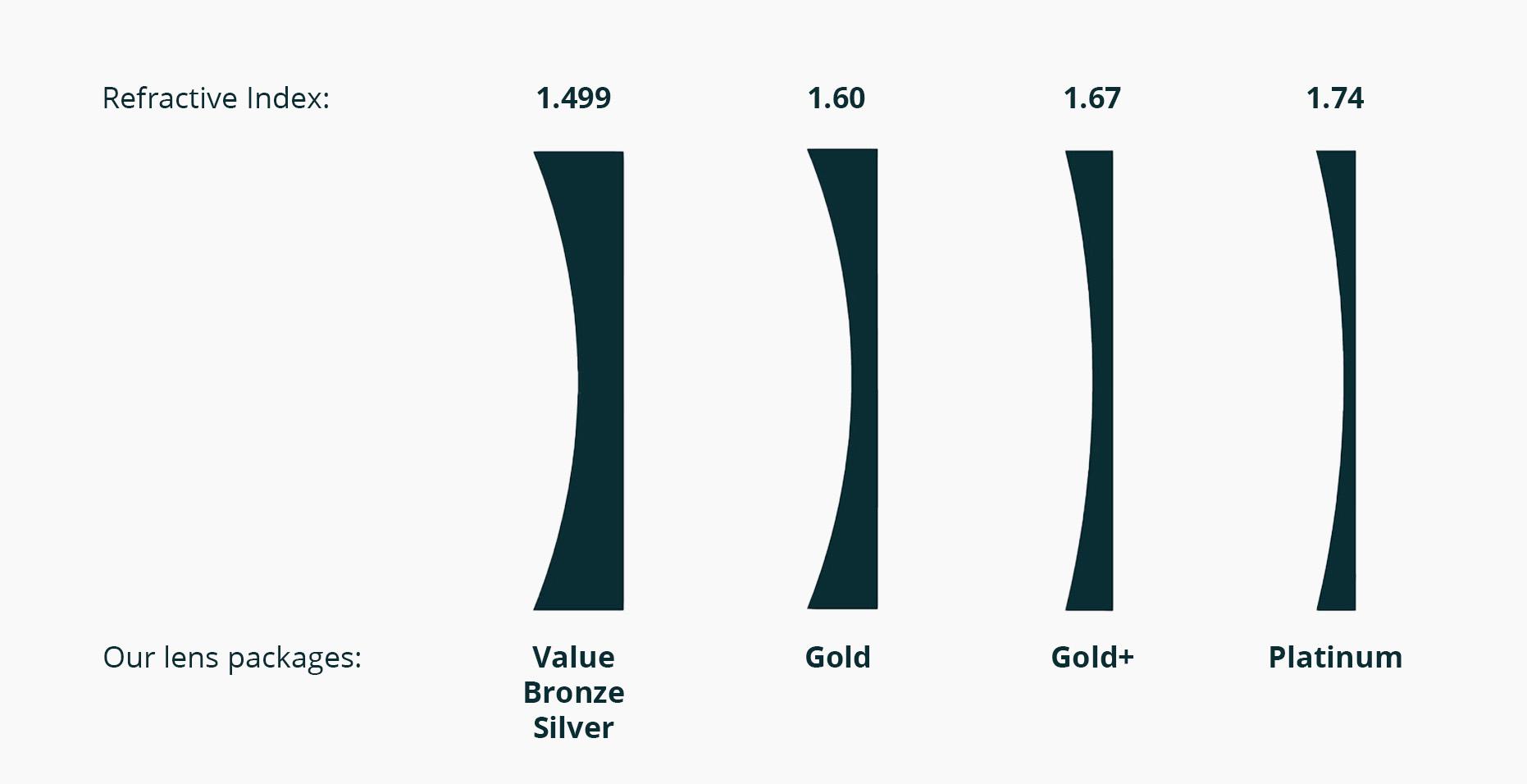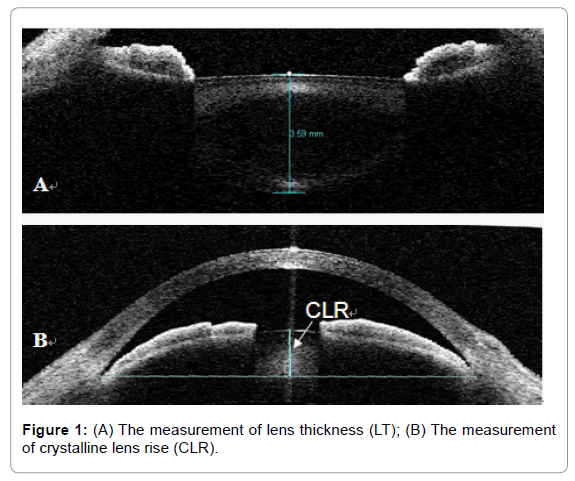How Strong Is The Average Crystalline Lens

Urgent reports confirm a critical gap in understanding the human eye's crystalline lens: its true strength under pressure. New research is desperately needed to quantify the breaking point of this vital component, with implications for cataract surgery safety and trauma response.
This article delves into the limited data currently available on the crystalline lens's resistance to force, highlighting the urgent need for more comprehensive research to improve surgical techniques and protect against ocular injuries. Experts warn that current assumptions may be inadequate, potentially leading to preventable complications.
The Unknown Threshold: Lens Strength Under Scrutiny
The crystalline lens, located behind the iris and pupil, focuses light onto the retina. Its primary function is accommodation, allowing us to see clearly at various distances. But how much force can it withstand before rupturing or dislocating?
Precise figures are scarce. Existing studies are often limited by small sample sizes and varying methodologies. Dr. Anya Sharma, a leading ophthalmologist at the Wills Eye Hospital, states, "We lack a definitive, universally accepted value for the breaking point of the human lens."
Conflicting Data: A Minefield of Uncertainty
One study, published in the Journal of Cataract & Refractive Surgery, examined the compressive force required to damage porcine (pig) lenses, often used as a model for human lenses. The researchers found that significant force was needed to cause structural damage.
However, porcine lenses differ in structure and composition from human lenses, making direct extrapolation problematic. Another study, focusing on human cadaver lenses, showed a lower threshold for damage, but these lenses had already undergone some degree of degradation.
This discrepancy highlights a crucial challenge: obtaining accurate data from living human lenses is ethically and logistically complex. Researchers face significant hurdles in designing experiments that are both safe and informative.
Implications for Cataract Surgery
Cataract surgery, one of the most common surgical procedures worldwide, involves removing the clouded lens and replacing it with an artificial intraocular lens (IOL). Knowing the lens's strength is vital for minimizing surgical risks.
Phacoemulsification, the standard technique, uses ultrasound energy to break up the cataract. Understanding the lens's inherent fragility helps surgeons optimize energy levels and minimize trauma to surrounding tissues.
Dr. Ben Carter, a surgeon specializing in complex cataract cases, emphasizes, "Without a precise understanding of the lens's breaking point, we are essentially operating with incomplete information. This can lead to posterior capsule rupture and other complications."
Trauma and Ocular Injuries
The eye's vulnerability to blunt force trauma makes lens strength a critical factor in injury prevention and management. Sports injuries, accidents, and assaults can all exert significant force on the eye.
Knowing the lens's resilience helps in assessing the severity of ocular trauma and guiding treatment strategies. For example, it can inform decisions about surgical repair versus conservative management.
Furthermore, this information is crucial for designing protective eyewear that can effectively absorb and dissipate impact forces. Improved safety standards can significantly reduce the incidence of lens dislocations and ruptures.
The Need for Advanced Research
Advanced imaging techniques, such as optical coherence tomography (OCT), offer promise in non-invasively assessing lens structure and biomechanical properties. These technologies can provide valuable insights into lens strength without requiring invasive procedures.
Computational modeling is also playing an increasing role in simulating the effects of force on the lens. These models can help predict the lens's response to various stresses and strains, guiding experimental design and clinical practice.
Dr. Emily Chen, a biomedical engineer working on computational eye models, notes, "These models can help us bridge the gap between laboratory findings and real-world scenarios, providing a more comprehensive understanding of lens behavior."
Conclusion: A Call for Action
The limited data on the average strength of the crystalline lens underscores the urgency for further research. Funding agencies and research institutions must prioritize studies that address this critical knowledge gap.
Collaborative efforts involving ophthalmologists, engineers, and material scientists are essential for developing more accurate models and safer surgical techniques. The future of eye care depends on a deeper understanding of this vital component.
Ongoing research projects are exploring new methods for assessing lens biomechanics in vivo. These advancements hold the promise of significantly improving our understanding and protecting vision for all.


